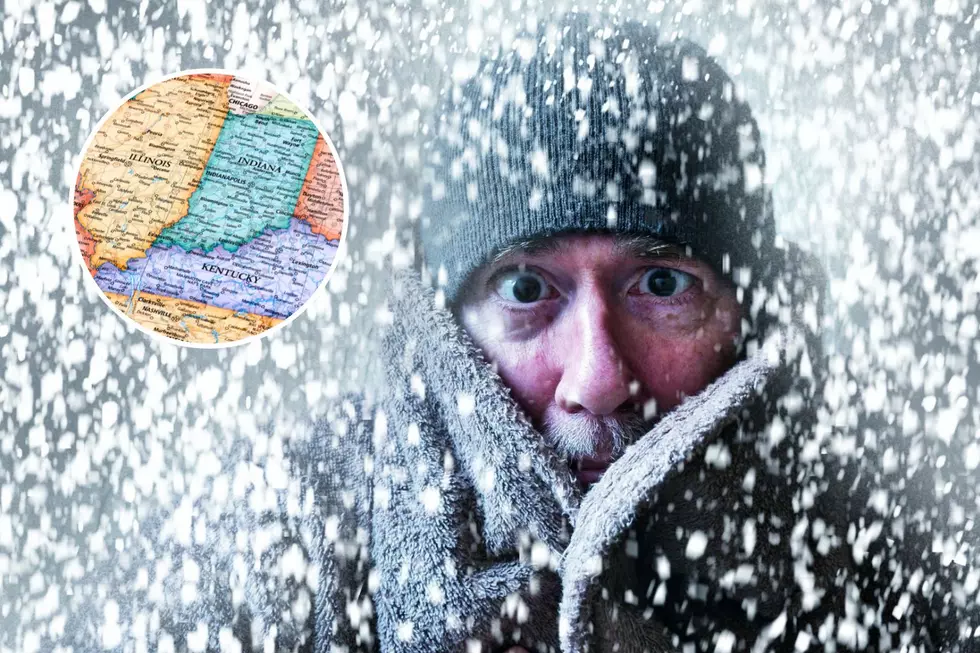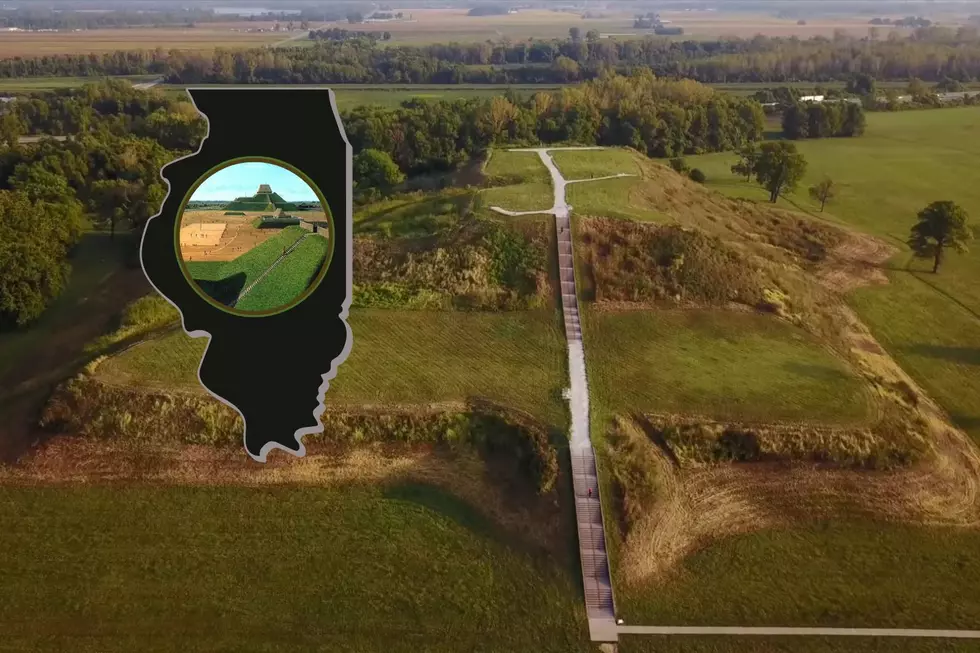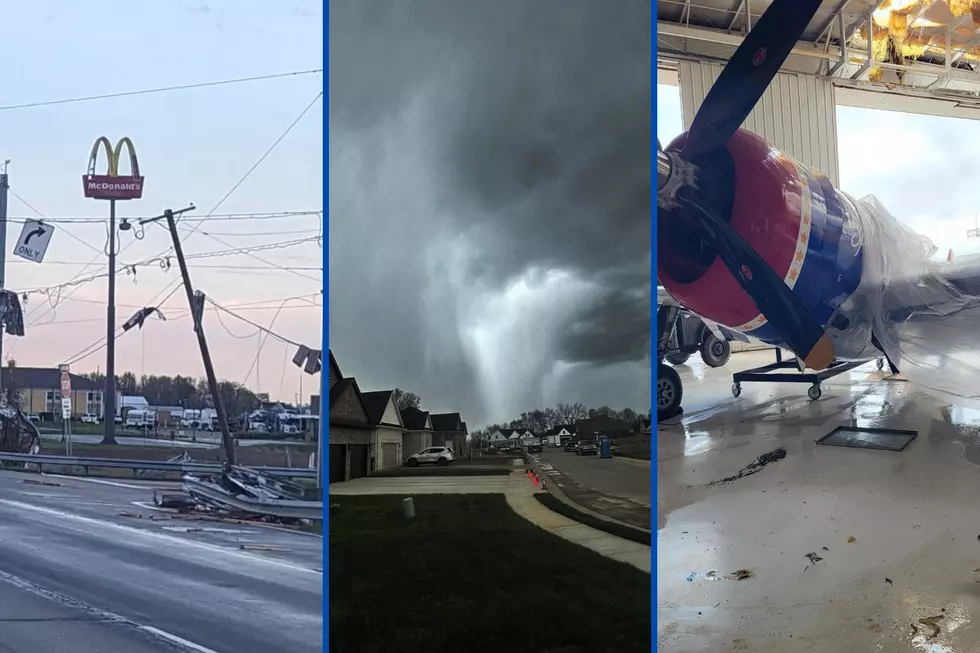
Say It Ain’t Snow – National Weather Service Forecasts Above Average Precipitation for Indiana, Kentucky, and Illinois This Winter
I know, I know. Fall just started. If you're the type who longs for the days of pumpkin spice everything, breaking out the sweatshirts and sitting around the fire pit on a cool autumn night after sweating it out during the hot and humid summer days we suffer through every year in Indiana, Kentucky, and Illinois, I imagine you just want to enjoy these days now that they're finally here and not put any thought into what may come once they're over. I totally get that, and you should. However, I'm the type who thinks it's good to know what's coming so we can try and prepare accordingly. And, if what the National Weather Service is forecasting this winter for our region plays out as they think it could, we need to be prepared with our snow shovels in hand.
National Weather Service 2022 Winter Forecast for Indiana, Kentucky, and Illinois
The Climate Prediction Center recently released its three-month outlook for the U.S. and based on the information they have, they believe Indiana, Kentucky, Illinois, along with our friends to the east in Ohio, and those to the north in Michigan will have a good chance at getting above-average precipitation this winter.

While they're forecasting that to be the case throughout the entire winter, when they break down into three-month increments, the greatest chance for more-than-normal precipitation hovers over almost the entirety of Indiana and Ohio during the months of December, January, and February as noted by the darker green circle on the map below.
That dark green circle gets larger and covers all of Indiana, most of Illinois, and Ohio, as well as all of western Kentucky for the months of January, February, and March.
What May Cause the Winter Forecast to Come True
According to Opensnow.com, a website and mobile app that tracks "a proprietary blend of global and high-resolution model data" to forecast skiing conditions across the country, the above-average precipitation forecast is based on a term you may have heard before, La Niña. In this case, a "triple-dip La Niña," meaning it's happened for three straight years. It's not necessarily a rare event, but it doesn't happen often. The last one took place between 1998-2001 which was the first since 1973-976.
What Does a La Niña Do?
According to the World Meteorological Organization, "La Niña refers to the large-scale cooling of the ocean surface temperatures in the central and eastern equatorial Pacific Ocean, coupled with changes in the tropical atmospheric circulation, namely winds, pressure and rainfall." In simpler terms, westerly winds near and south of the equator push the warmer waters of the Pacific Ocean west, allowing cooler water to rise to the surface. This pushes the jet stream further north into southern Alaska and western Canada. As the stream begins to flow into the northern U.S., and right across the state of Indiana, it brings with it the colder temperatures and moisture it picked up in Canada and, in theory, dumps it on us as it moves south into warmer areas. This graphic from the National Oceanic and Atmospheric Administration (NOAA) shows how it works.
The (Slightly) Silver Lining
It's important to note the Climate Prediction Center does not specifically say our area will see more snow. Its data just suggests we could be in store for more "precipitation" than normal, which could be snow. But, it could also be rain if the temperatures aren't below freezing.
With that said, back in August, the Farmer's Almanac released its winter forecast for the country, and for the most part, it falls in line with what the National Weather Service believes may happen. The only difference is, the National Weather Service is forecasting an equal chance of above or below-average temperatures for us during the winter months, whereas the Farmer's Almanac is forecasting that we're in for an "unseasonably cold" season. They also include the word, "snowy."
An important thing to keep in mind before you rush out and stock up on snow shovels and de-icer, this is in no way, shape, or form set in stone. Could it happen? Yes. Could it also not happen? The answer to that is also, "yes." It's the weather. It is extremely hard to accurately predict what's going to happen three to five days out much less three to five months out. I guess we'll just have to wait and see how it plays out.
[Sources: Climate Prediction Center / Opensnow / World Meteorological Organization / NOAA]
KEEP READING: Get answers to 51 of the most frequently asked weather questions...
LOOK: The most extreme temperatures in the history of every state
More From My WJLT 105.3









